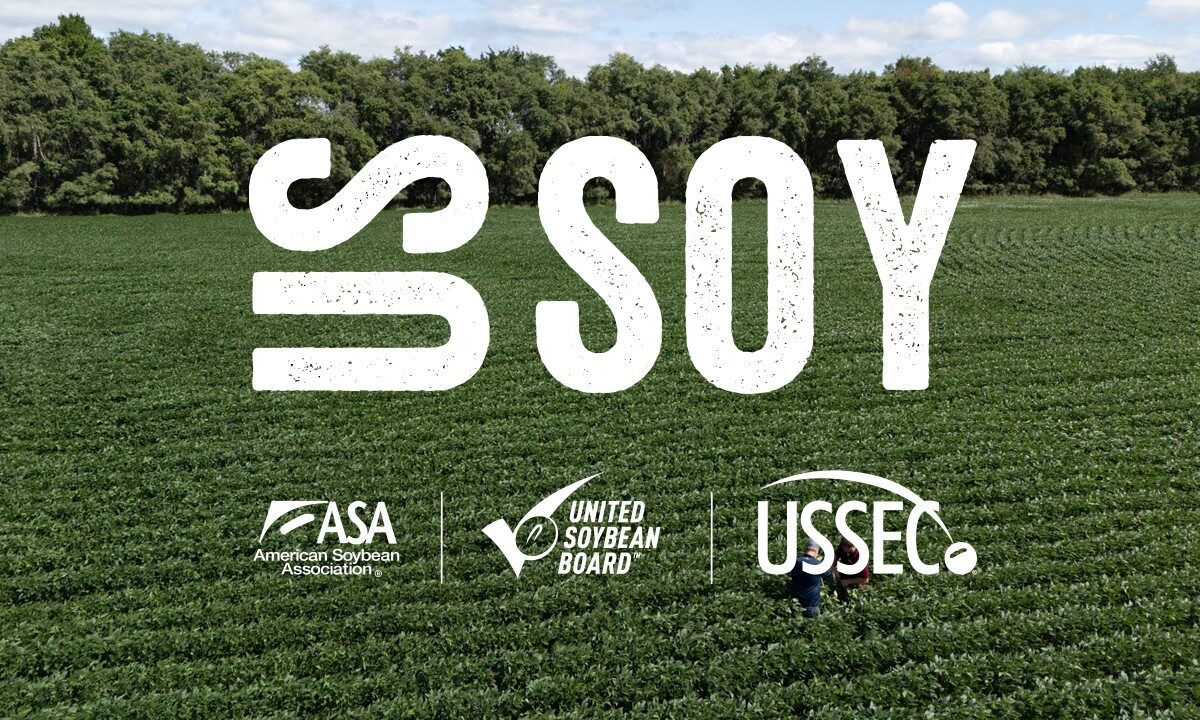How the West Was Grown: Soy Checkoff Investments Grow Profitability for Western Farmers

Soybean Advancements Benefit New Soybean Farmers in the West
Kurt Maurath knows a thing or two about resilience. Farming soybeans, corn and wheat in a semi-arid climate sometimes means parched soils and variable rainfall patterns. Maurath’s quest to raise a profitable and sustainable soybean crop has required a balance of patience and adaptability.
Maurath started trying to raise irrigated soybeans in the early 2000s. After a couple of years of low yields that didn’t break even, he stopped. More than a decade later, Maurath decided to give soybeans another go. Now, he says they can achieve much better returns — a development he credits in part to work by the soy checkoff.
Finding profitability in challenging conditions
Although Maurath can grow a profitable soybean crop under irrigation, he still struggles to grow dryland soybeans on the western Kansas soil with drought-like conditions.
With an average of only 16-26 inches of rain, western Kansas has been known as the Great American Desert. In those conditions, Maurath faces an uphill battle.
The soy checkoff is currently funding research tools and genetic resources to make soybeans drought-resistant. Maurath says those options would have huge benefits on his farm.
“With the limited amount of rain we receive, it would be huge to have drought-tolerant varieties out here — especially if we could plant those on our dryland acres and be profitable,” he says.
USB currently funds two drought-tolerant focused projects to help U.S. soybean farmers across the country grow a more successful crop. One project is focused on reducing the yield limitation of soybean varieties under a drought. The other is working to mitigate drought stress.
Although Maurath experiences an uphill battle with dryland soybeans, he still sees light at the end of the tunnel.
“Growing soybeans in the early 2000s just wasn’t paying the bills,” Maurath says. “But because of the new varieties, new herbicide-tolerant beans and a better understanding for micronutrients, now we’re producing 70- to 90-bushel beans,” he says.
The soy checkoff invests to help farmers profit
Every year, the checkoff invests in public breeding programs that dive into common issues such as herbicide resistance, with multiple projects taking place over many years. The programs provide research and education for farmers interested in everything from resistance management to conservation practices.
“Our soy checkoff has done a great job in the education arena. Understanding the difference between no-till, strip-till, conventional till and narrow rows — we see a lot done with that,” Maurath, who now represents Kansas as a national soy checkoff farmer-leader, says.
Maurath practices no-till and strip-till on his farm, and he says it’s made a world of difference. Practicing no-till on the arid soils in western Kansas allows moisture to stay in the ground longer, especially with their deeper soil banks. No-till also helps Maurath control erosion on his farm.
He says soybean farmers in western Kansas also have to overcome the soil type — specifically, pH levels. Soybeans typically perform well at soil pH levels ranging between 6.0 and 7.0.
“Where I’m at in northwest Kansas, we are in a high pH soil area for beans. A lot of our pH levels are 7.3-8.0. That limits the varieties of beans that we can plant,” Maurath says.
The soy checkoff has recognized the need for investment in understanding highly acidic soils where soybeans become less viable. It is currently funding research at North Dakota State University to assist in management decisions for acidic soils.
Research like this could help farmers such as Maurath who struggle with yield loss due to high pH soils.
Overcoming challenges with innovation
Due to the challenging climate conditions he faces, Maurath employs various management practices to help him grow a successful soybean crop, many of which he learned about from checkoff-funded outreach.
“The soy checkoff continues to work as a valuable resource for U.S. soybean farmers,” he says. “Even on my farm, I’ve seen benefits from our funded research and projects.”
Looking to the future, the soy checkoff is focused on continuing to bring innovation, resources and value back to the farm. Working with researchers, industry professionals and extensions across the country, the soy checkoff ensures farmer dollars go toward innovation that will have a direct and lasting impact.
As farmers in the Plains continue to add soybeans to their rotation, they can be hopeful the varieties they purchase have better genetics and drought tolerance — innovation that is helped move forward by the checkoff.
“I’m excited to see what current soy checkoff investments can do for us farmers in western Kansas and throughout the U.S.,” Maurath says.



